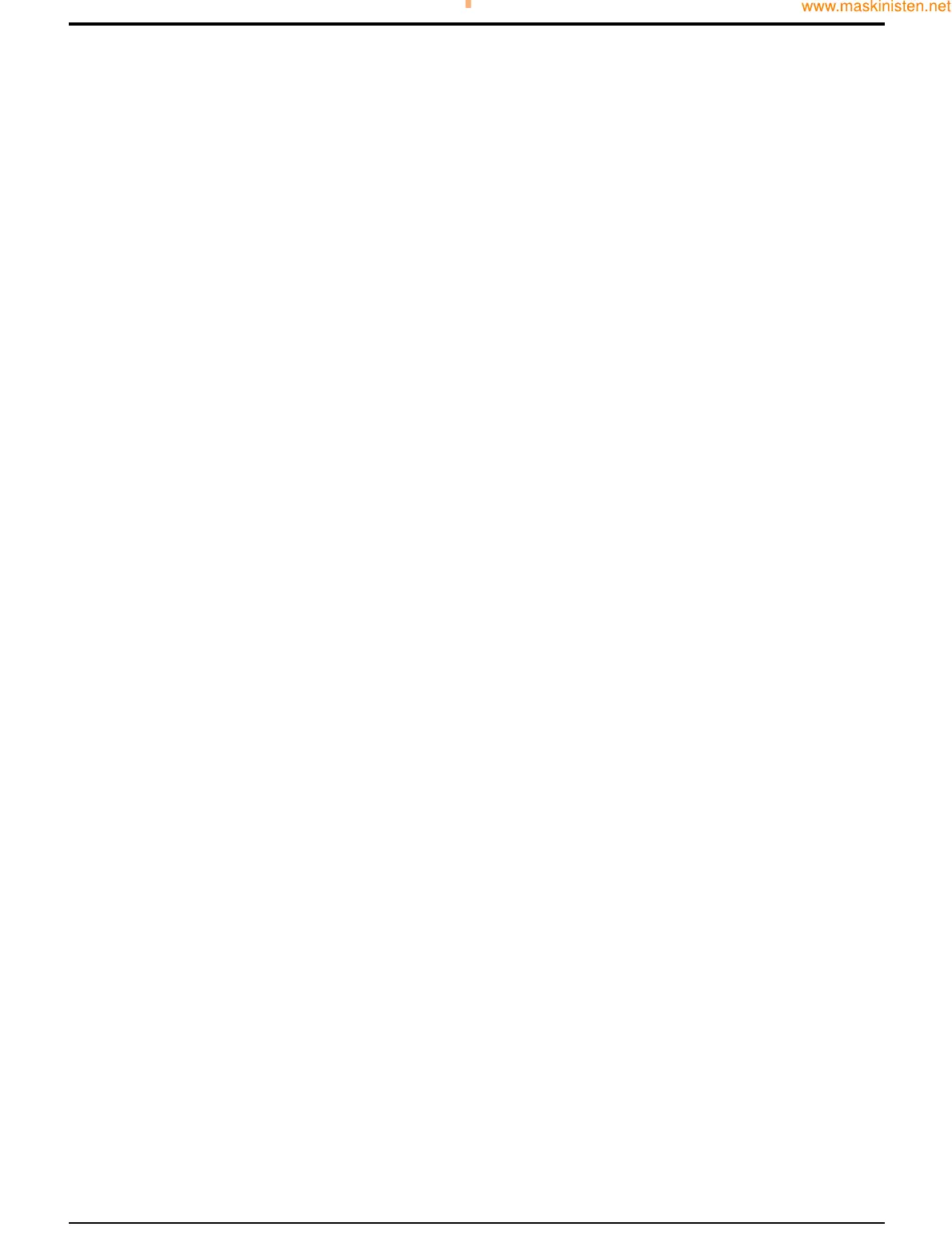52 - 2
Section F Transmission
9803/7130
Section F
Issue 1
Rear Axle
Friction Plate Wear Limits
Measure and note the thickness of the friction plate, the
result must not be less than 1.25 mm (0.049 in).
Check the condition of the friction material, which should be
even over both surfaces.
If in doubt, discard the set (friction and counter plates).
Limited Slip Differential (Optional)
Dismantling
The numerical sequence shown on the illustration is
intended as a guide to dismantling
The two differential halves are matched, before dismantling
mark the two halves for subsequent assembly.
Note the relative positions of the friction and counter plates
before dismantling, they must be fitted in the same
positions.
If worn, the friction and counter plates must be renewed as a
complete set.
Assembly
1 Assemble trunnion pins 12, side gears 11 with pressure
plates 10, counter plates 8, friction plates 9, planet
gears 13 and thrust washers 14 into the 'crownwheel
half of the differential assembly 5.
Note: Do not fit the shims 6 at this point.
2 Align the two halves of the differential assembly with
the marks made during dismantling. Assemble using
bolts 3.
3 Using a dial test indicator (or feeler gauges), with two
screwdrivers or suitable levers, gently apply pressure to
side gear 11 away from the trunnion pins 12 as shown.
Measure and note the end-float of the side gear.
4 Turn the differential assembly over and repeat step 3
for the second side gear.
5 Dismantle the differential assembly. Add shims 6 to
give end-float between 0.1 and 0.2mm (0.004 and
0.008in.).
Note: Shimming must be carried out whenever the
differential is dismantled, however the end float 0.1 and 0.2
mm (0.004 and 0.008 in.) can be exceeded on previously
assembled differential as this is only an initial setting figure
which allows for bedding in.
6 Repeat steps 2, 3, and 4. If the end float is correct,
tighten bolts 3 to 56 Nm (41 lbf ft).
7 Fit crownwheel 2 using new Verbus Ripp bolts 1,
tighten bolts to 166 Nm (122 lbf ft).
52 - 2

